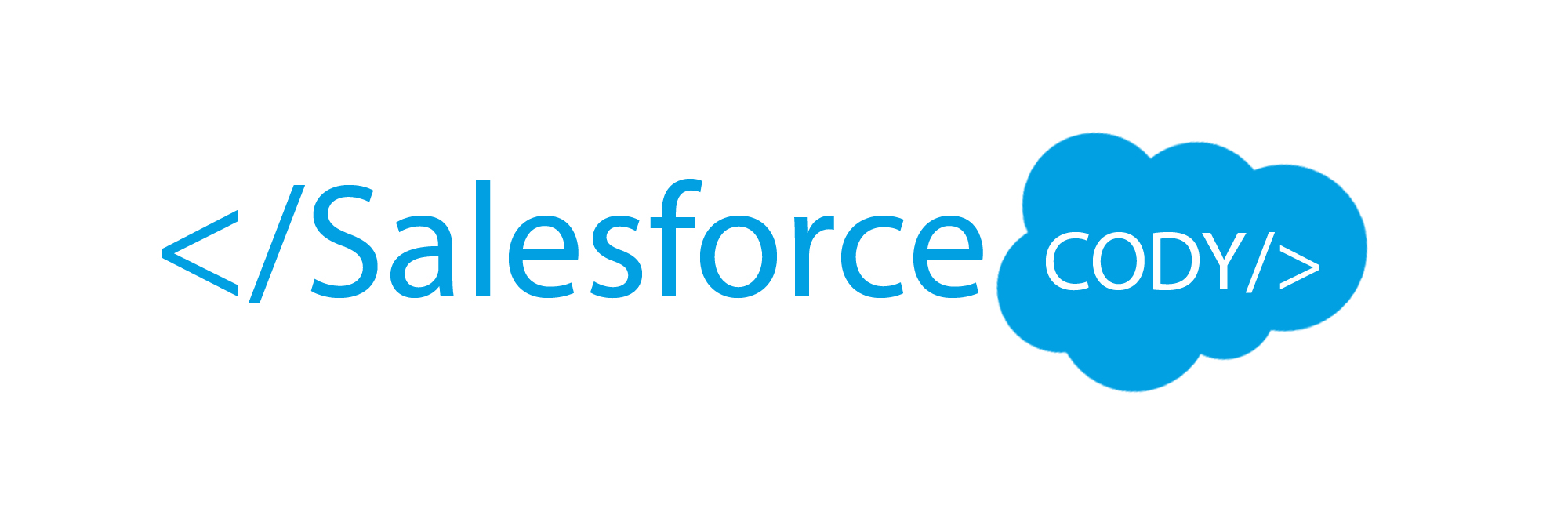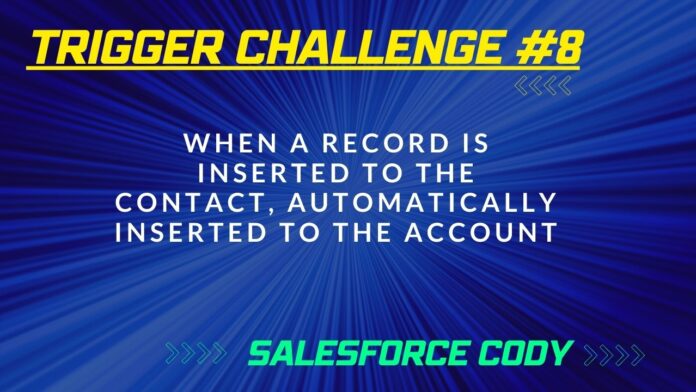In the Salesforce CRM platform, it is common to have a need for automation to help reduce manual effort and increase accuracy of data. One such need is to automatically create an account record when a new contact is added to the system. This can be done using triggers and Apex code, which we will discuss in this article.
Understanding Trigger Scenario2
The trigger scenario2 on the Contact object is an after insert trigger, which means that it will execute after a new record is inserted into the Contact object. The trigger code checks if a static boolean flag called Recursive.flag is set to true. If it is, then the trigger has already executed once and we should not execute it again to avoid a recursive trigger. If the flag is not set, then we create a new account record for each new contact record that was just added and insert them into the system.
Creating the Trigger Code
To create the trigger code for this scenario, we will need to follow a few steps:
- Create a new Apex class called Recursive with a static boolean variable called flag set to true.
- In the trigger scenario2 code, check the flag value and set it to false before creating the account records.
- Create a new list of Account records to insert.
- For each new contact record, create a new Account record with the necessary fields (such as Phone and Name) set to the corresponding values from the contact record.
- Add each new Account record to the list of Account records to insert.
- Insert the list of Account records into the system.
Here is the final code for the trigger scenario2:
trigger scenario2 on Contact (after insert) {
if (Recursive.flag) {
Recursive.flag = false;
List<Account> accountsToInsert = new List<Account>();
for (Contact contactRecord : Trigger.new) {
Account accountRecord = new Account();
accountRecord.Name = contactRecord.LastName;
accountRecord.Phone = contactRecord.Phone;
accountsToInsert.add(accountRecord);
}
insert accountsToInsert;
}
}
public class Recursive {
public static Boolean flag = true;
}Best Practices for Writing Trigger Code
When writing trigger code in Salesforce, there are a few best practices to follow to ensure that your code is efficient and maintainable:
- Use bulkified code to handle large volumes of data. This means that your code should be able to handle multiple records at once instead of processing them one at a time.
- Use try-catch blocks to handle any exceptions that may occur during execution.
- Use meaningful variable and function names to make your code more readable.
- Use comments to explain your code and why certain decisions were made.
- Use a version control system to track changes to your code over time.
Conclusion
In this article, we discussed how to automatically create an account record when a new contact is added to the Salesforce CRM platform. We covered the trigger scenario2 on the Contact object and provided the necessary Apex code to implement this functionality. We also discussed some best practices for writing trigger code in Salesforce. By following these best practices, you can ensure that your code is efficient, maintainable, and meets the needs of your organization.



